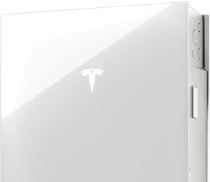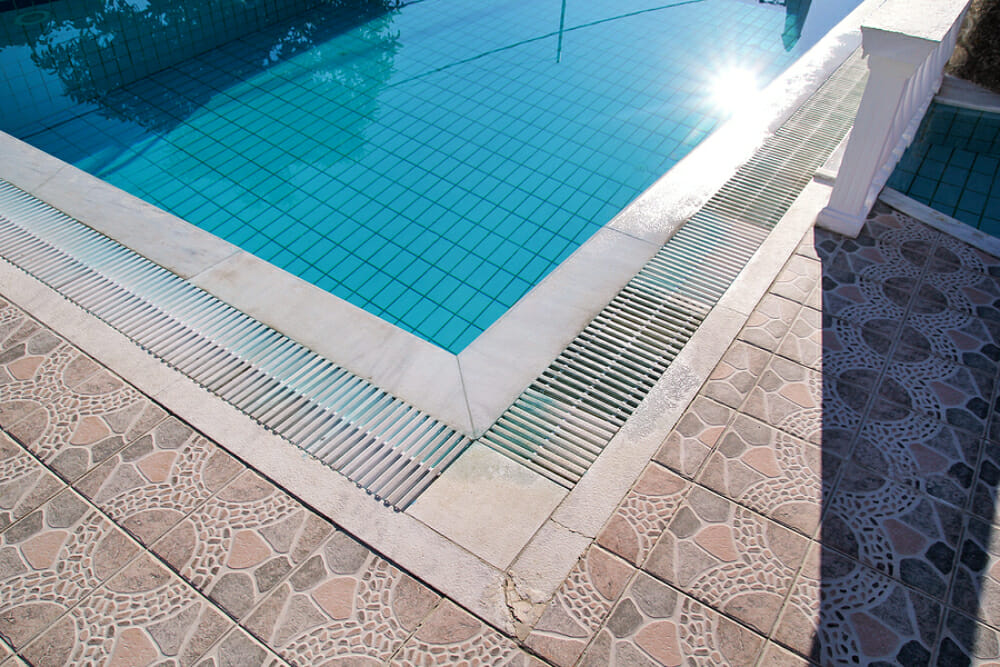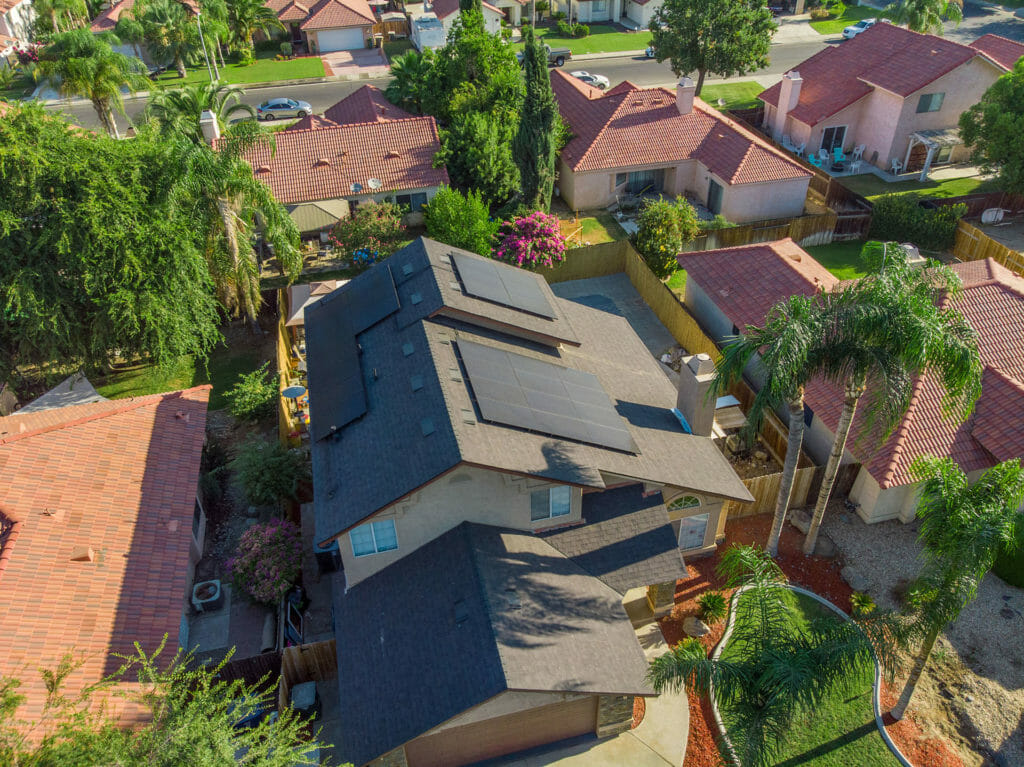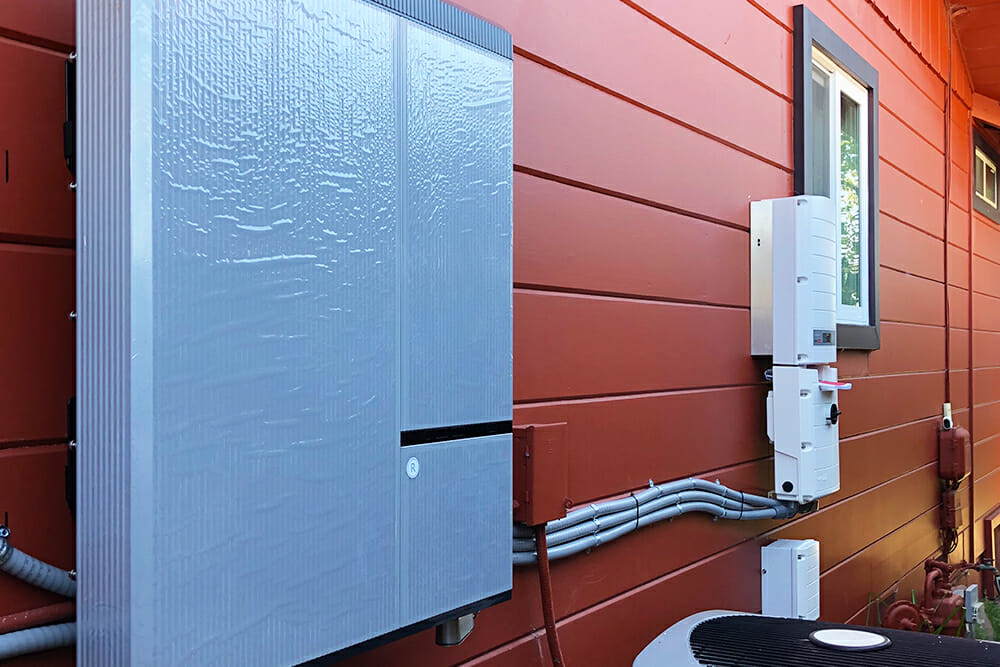Owning a home with a pool is expensive. A pool can cost upwards of $5,000 per year to own and maintain, and heating pool water represents one of the most costly aspects of owning a pool. Heating pool water requires tapping into the energy grid, which can send monthly costs skyrocketing especially if you intend to use your pool in cooler months.
However, heating a pool with a solar pool heater brings the monthly costs down significantly. Solar pool heaters are a good option if you want to save money and extend the pool season.
Please note: Ilum Solar does not design or install solar pool heaters. We have written this article because we understand that this product is of interest to many of our customers, and we want to raise awareness of this cost- and energy-saving measure.
Solar pool heaters collect pool water, heat it, then pump it back into the pool.
Solar pool heaters are much different than solar power systems. They don’t use solar panels, and no electricity is generated by a solar pool heater.
Solar powered pool heaters use thermal energy from the sun to warm pool water. Solar energy collectors, a component of the solar heater, collect water that is pumped out of your pool. The solar collectors are typically placed on the roof, but can also be placed on the ground. They look similar to standard PV panels, but the collectors have tubes that run through them. Water from your pool is pumped through a filter and then through the solar collector tubes. As the water runs through the tubes, it heats up, and is pumped back into the pool. Eventually, as water is pumped through the solar collectors again and again, you will notice warmer water when you finally take a plunge.
The solar collectors are the main component of a solar pool heater. The two most common types of solar collectors are unglazed and glazed:
Unglazed: Unglazed solar collectors are made from rubber or plastic. They are most common in areas with warmer climates, like California, as rubber and plastic heat water efficiently in such regions.
Glazed: Glazed solar collectors are made from copper tubing on an aluminum plate, which is covered with a layer of glass (glazing). While they are more expensive than unglazed collectors, they are commonly found in colder climates, as they are more effective at capturing heat in colder climates.
Both unglazed and glazed collectors may be fitted with a flow control valve and a temperature sensor. These systems work together to regulate the flow and temperature of water through the collector—if the temperature sensor detects a lower-than-desired pool water temperature, the flow control valve will increase flow through the collector. The reverse will occur if the temperature sensor detects higher-than-desired pool water temperature.
What size solar pool heater do you need?
Pool heater size varies by home, and depends on a number of factors. Swimming pool size, desired temperature, and installation location of your solar collectors all affect system size. For instance, you can install as many collectors on your roof as can fit, but the number of collectors won’t mean much if half the roof is in shade for most of the day.
As a general rule, the solar collectors should be as large as 50% to 100% of the surface area of your pool. A pool with the dimensions of 15 x 20 feet has a total surface area of 300 square feet. So, in this example, the solar collector surface area should be anywhere from 150 to 300 square feet. Why go with one extreme over the other? If you use the pool almost year round, it might be wise to opt for the larger system. This way, even during colder winter months, you can expect the pool to stay warm. If you only use the pool during the summer, then smaller is better.
The size of a solar pool heater is not an exact science, which is why a qualified installer can help you figure out what size you require. They will take note of the layout of your roof, and take into consideration areas that do not receive much sunlight. And if you live in a region which is regularly cloudy, your installer may suggest a battery backup to keep the system operating at its most efficient.
Solar pool heater installation costs less than you might expect—that means you can recoup your investment quickly.
Many people think of residential solar as a big investment that won’t be paid back for a decade or more. However, solar installation costs are falling around the country, and solar pool heaters are no exception. Solar pool heaters cost around $3,000 to $4,000, according to the Department of Energy.
Solar has always been about saving money in the long run. Recouping your original investment depends on how costly it is to heat your pool. The more expensive, the more quickly you will earn your money back with a solar heater. In fact, most solar heater owners make their investment back in less than seven years.
The upfront installation cost is the biggest expense you are likely to pay. Pool heaters require little to no maintenance. Depending on the model, solar pool heaters will operate efficiently for 10 to 20 years.
The joys of owning a pool are sometimes forgotten when repair bills come in, or when monthly energy costs start going up. But you can start saving money and enjoy your pool guilt-free with a solar pool heater. Solar is not only a great option for your household power needs, it’s also a great option for your pool!
Ilum Solar does not design or install solar pool heater systems, and we do not make recommendations for contractors who handle this work. However, we hope this overview will help you better understand how these systems work, so that you can make a more informed decision when it comes to choosing a contractor.





